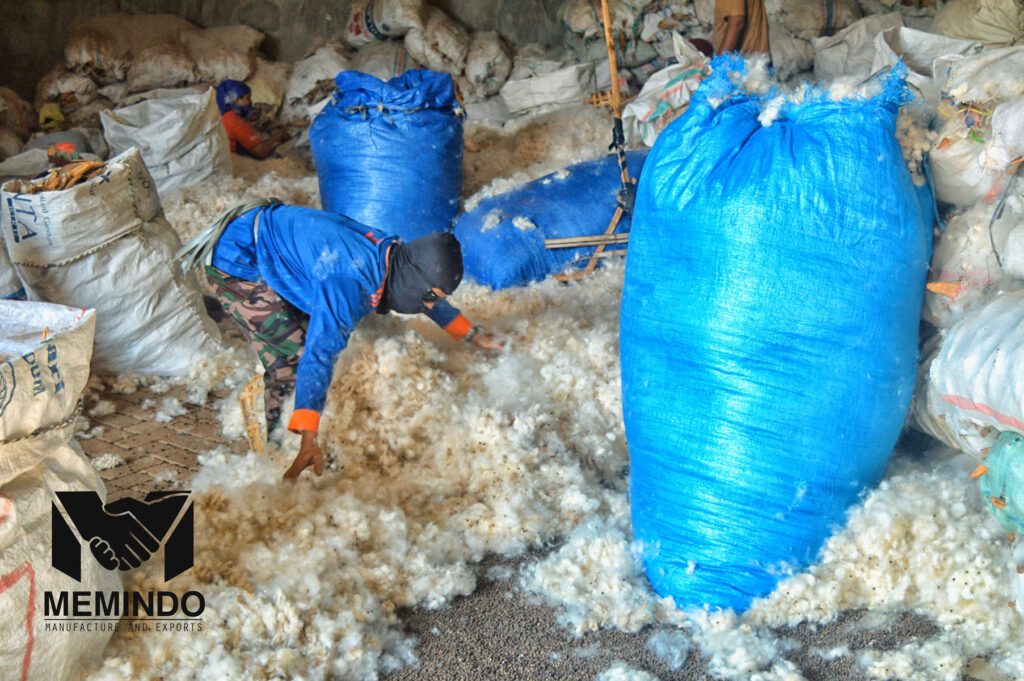The History of Kapok: From Traditional Fiber to Sustainable Material
Kapok, often referred to as “nature’s silk,” is a natural fiber harvested from the seed pods of the kapok tree (Ceiba pentandra). For centuries, this versatile material has played a significant role in various cultures, industries, and even ecosystems. Its unique properties and environmental benefits have made it increasingly popular in today’s world as a sustainable alternative to synthetic materials.
The Origins of Kapok: A Tropical Treasure
Kapok trees are native to tropical regions, particularly in Southeast Asia, Central America, and parts of Africa. These towering trees, which can grow up to 70 meters, are admired not only for their grandeur but also for the precious fiber they produce. The word “kapok” itself is derived from the Malay word for the tree, highlighting its importance in traditional cultures.
The history of kapok use can be traced back to ancient times when indigenous peoples utilized the fiber for various practical applications. In Southeast Asia, kapok was commonly used to fill mattresses, pillows, and cushions due to its light, fluffy texture and natural buoyancy. The fiber’s water-resistant properties also made it ideal for use in life vests and other buoyancy aids in early maritime societies.
Kapok in the Colonial Era: A Commercial Boom
Kapok’s potential as a valuable resource was recognized during the colonial period when European traders and explorers encountered the fiber in tropical regions. In the late 19th and early 20th centuries, the global demand for kapok grew rapidly, particularly as a filling material for life jackets and flotation devices during World War I and World War II. Its lightweight and buoyant nature made it an essential material for military purposes, as well as for the burgeoning textile and furniture industries.
During this time, kapok plantations were established in many parts of the world, with Indonesia, Thailand, and the Philippines becoming major producers. The fiber’s production peaked in the mid-20th century before the advent of synthetic alternatives such as polyester and foam began to dominate the market.
Kapok’s Decline and Revival
As synthetic fibers became more accessible and cost-effective, the use of kapok declined in the latter half of the 20th century. The introduction of foam and other synthetic materials largely replaced kapok in mattresses, pillows, and other products, leading to a sharp drop in global production.
However, the recent push for sustainable, eco-friendly materials has sparked renewed interest in kapok. As consumers become more aware of the environmental impact of synthetic materials, kapok is being rediscovered for its natural, biodegradable, and renewable properties. Unlike synthetic fibers, kapok is harvested without the need for pesticides or fertilizers, making it an environmentally sustainable choice.

The Environmental Benefits of Kapok
One of the key reasons for kapok’s resurgence is its impressive environmental credentials. The kapok tree is a resilient species that thrives without human intervention, making it an ideal crop for sustainable agriculture. The fiber itself is 100% biodegradable and compostable, ensuring that it leaves no harmful waste in the environment.
Additionally, the kapok tree plays a vital role in the ecosystem by providing habitats for various wildlife species, including birds, insects, and mammals. By choosing kapok-based products, consumers are supporting sustainable practices that protect biodiversity and reduce deforestation.
Modern Uses of Kapok
Today, kapok is making a comeback in a variety of industries. It is increasingly being used as a filling material for eco-friendly mattresses, pillows, and cushions. Its hypoallergenic properties make it a popular choice for individuals with sensitivities to synthetic fibers. Additionally, kapok’s soft, silk-like texture has made it a sought-after material in the fashion industry for making sustainable clothing and accessories.
The fiber’s natural buoyancy continues to be utilized in the production of life jackets, although its modern use extends far beyond maritime applications. Kapok is now seen as a key component in sustainable product design, from furniture and insulation to packaging and even eco-friendly cosmetics.
Conclusion: Kapok’s Bright Future
From its ancient roots in tropical regions to its role in modern sustainable design, kapok’s history is a testament to the enduring value of natural materials. As the world increasingly turns to eco-friendly alternatives, kapok offers a viable, environmentally conscious option for a wide range of products.
Its unique properties, combined with its minimal environmental impact, make it a material to watch in the coming years. Whether used in the home, fashion, or industrial applications, kapok is poised to play a key role in the future of sustainable living.
Contact us
📞 : 6285933133244
📍 : Jl. Ir Soekarno, No.122, Dadaprejo, Junrejo, Kota Batu 65323


1 thought on “The History of Kapok: From Traditional Fiber to Sustainable Material”
Hi there, just became alert to your blog through Google, and found that it’s truly informative. I’m gonna watch out for brussels. I will be grateful if you continue this in future. Numerous people will be benefited from your writing. Cheers!